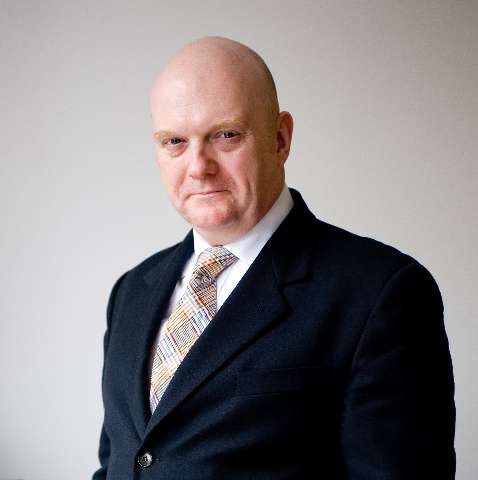Cubans love to dance and ten of them brought the brilliance of that passion to this quintuple bill of modern dance under the auspices of the dance company formed by Carlos Acosta, one of the most recognisable names in the world of dance. He founded Acosta Danza in 2015 to “harness and develop the young creative dance talent emerging from Cuba.” A noble aim that, on this evidence, is clearly succeeding for dancers, if not choreographers (only the briefest of the five works was homemade).
Spectrum comprised five very different works, including two European premieres, two revivals and that brief duet. Each of the two acts was opened by one of the premieres, although not in the order originally proposed in the programme. Micaela Taylor’s Performance took the opening spot, an all-action ensemble work for seven dancers that draws from Taylor’s eclectic choreographic palette (she calls it Expand Practice) to create a style that has strong hip-hop influences, especially in sudden locking moves, while strands of commercial and urban freestyle dance punctuated the organic development of her group movement, hallmarked by memorable shapes and choreographic tricks (for example, a single dancer standing in profile peeled away to reveal six others unseen in a line behind him). Two strong women (Patricia Torres and Deborah Sanchez) marshalled and flanked a group of five men, the whole ensemble oddly dressed in tight Lycra tops, long white shorts and grey socks. The music could hardly have been more random, from unmemorable electronica to Debussy’s ubiquitous Clair de lune.
This strong start got even better with the revival of Sidi Larbi Cherkaoui’s Faun, originally made for Sadler’s Wells’ In the Spirit of Diaghilev programme (2009), then danced by James O’Hara and Daisy Phillips. Daniel Proietto burst into people’s consciousness on that show, performing the ever-twisting movement of Russell Maliphant’s Afterlight, and it was Phillips and Proietto who set Cherkaoui’s imaginative response to L’Apres-midi d’un faune (more Debussy but augmented by modern themes from Nitin Sawhney) on Alejandro Silva and Zeleidy Crespo. They were riveting, firstly in Silva’s long opening solo and then in the athletic, grappling, non-stop eroticism of their duet. These extraordinary dancers essayed new vitality into a century-old idea that had been reawakened by one of this generation’s most imaginative choreographers. Faun was the only work to have any scenography on an otherwise bare stage, with a changing back projection of sparse woodland.
In my opinion, the best of the five works came before the interval with the standard (of the dance, certainly not the dancers) drifting in the second part. Portal by Juanjo Arqués, the second European premiere, was another piece for a dance septet (but with one more woman and one less man than Performance). The work purports to be about the “geographic and emotional landscape” of Cuba but I failed to absorb this evocative sense of purpose, although the sense of theatre, albeit abstract in my eyes, possessed an excellent utilisation of space and an imaginative use of hand-held lamps within Bonnie Beecher’s outstanding lighting design. There were abrupt changes in pace and content, which may have evoked a sense of Cuba amongst those in the know.
Laura Rodriguez and Mario Sergio Elias mastered a rapid costume change to immediately reappear for that five-minute duet, Nosotros (Us), choreographed, cleverly lit and designed by Beatriz Garcia and Raúl Reinoso, and danced to a piano and cello arrangement. It’s a romantic capsule of a hetero love affair, danced beautifully, and although the memory of it quickly faded in amongst the intensity of the evening’s other dance, I suspect it may live on as a regular gala piece.
The final work was a revival of Goyo Montero’s Alrededor no hay nada (There is nothing around), originally made for Ballet Nacional de Cuba in 2005 and refashioned as one of Acosta Danza’s first works, in 2015. Although born in Madrid and spending much of his professional dance life in Germany, Montero has strong associations with Latin America and this work is his personal dedication to the music and poetry of Joaquín Sabina and Vinícius de Moraes. It is a pity that there was no translation (or synopsis) of the recorded recitations since their meaning was lost on a non-Spanish speaking audience and the frustrations of trying to pick up hints from my rudimentary understanding of the language rather interfered with any lasting appreciation of the dance.
Even despite the hiatus of the pandemic (which hit Cuba particularly hard) Acosta Danza has come a long way in just eight years. Their last visit to the UK in 2020, garnered a National Dance Award and the small company is clearly in great shape. It should be noted that both this and the previous visit were only possible through the generous philanthropy of Aud Jebsen (a tireless supporter of dance).




